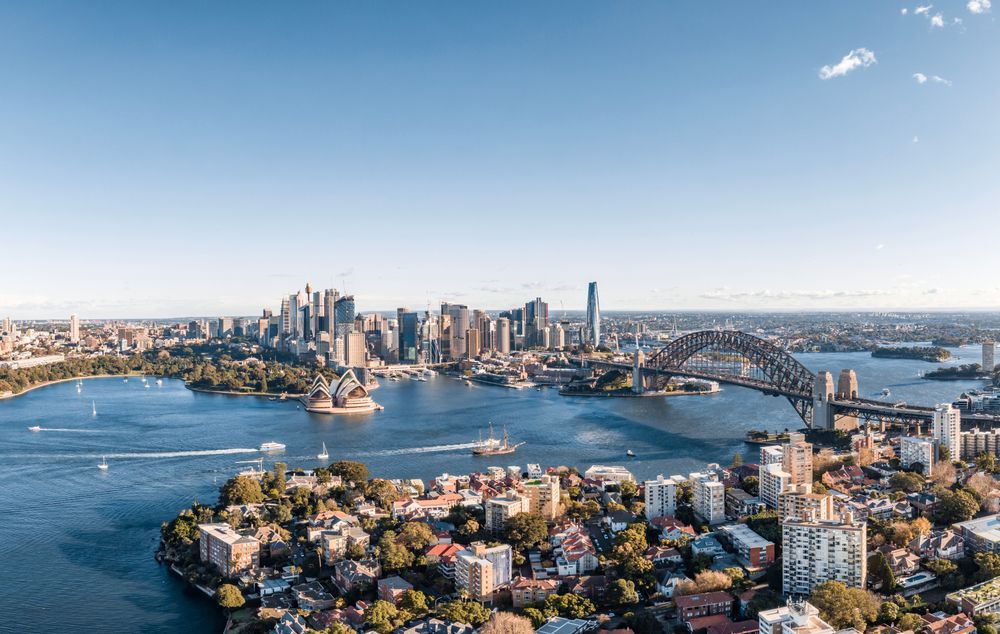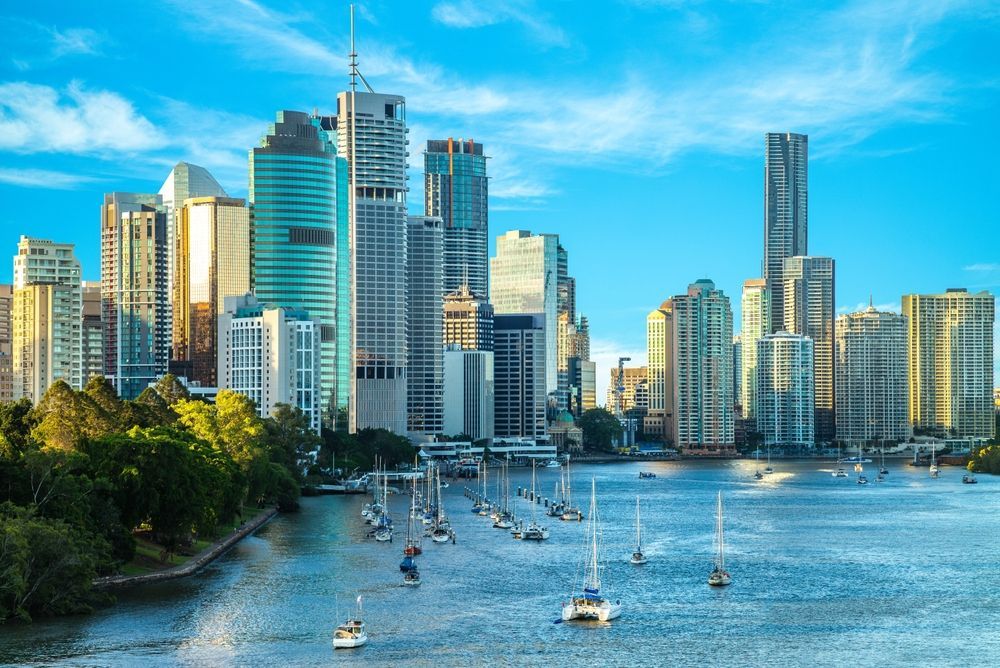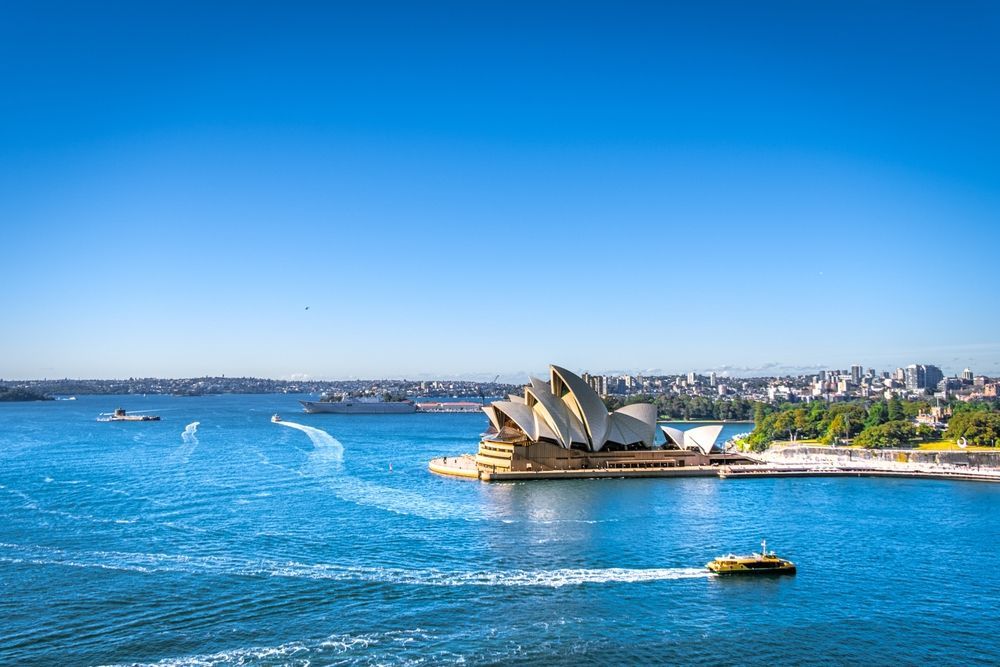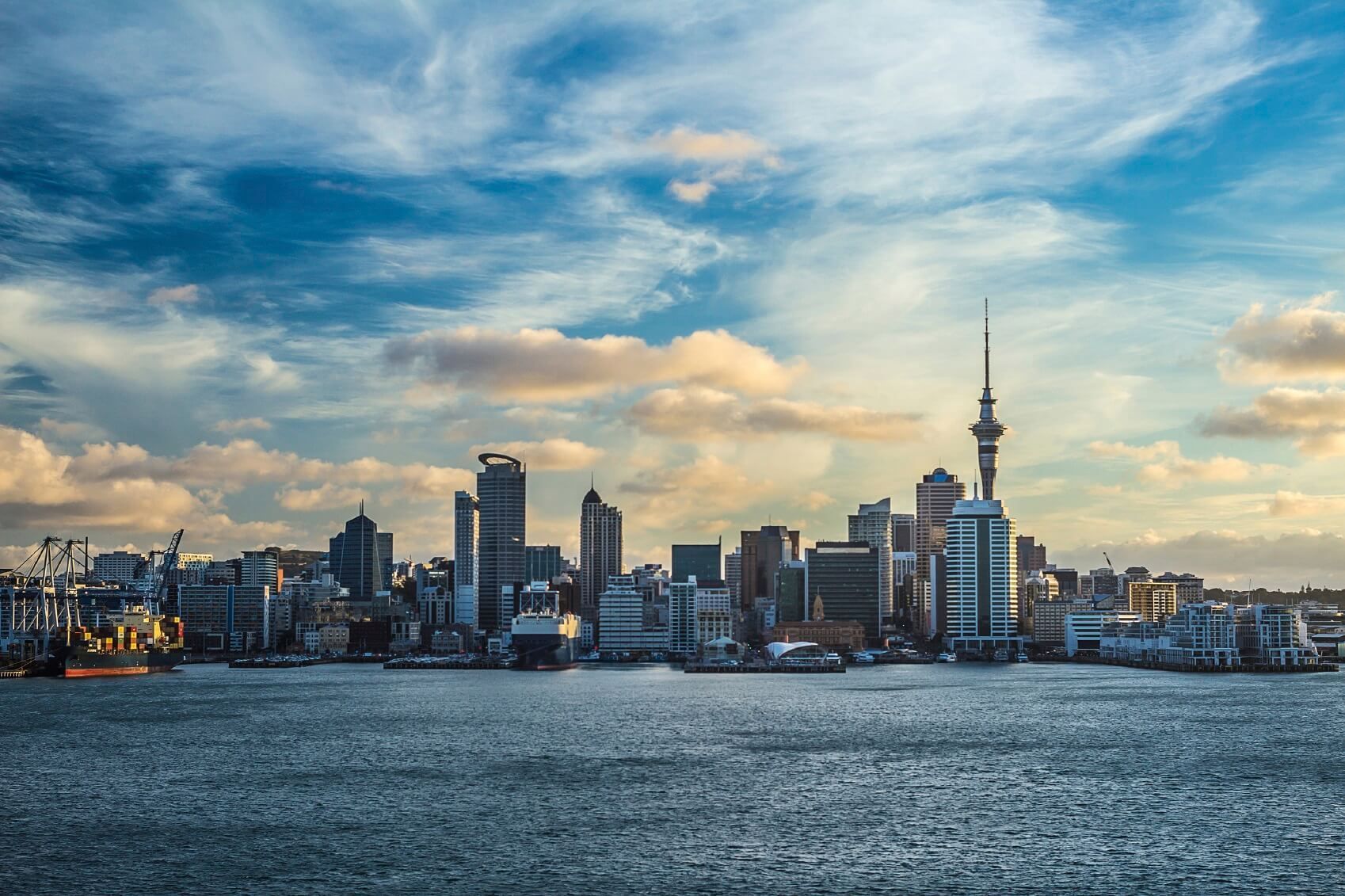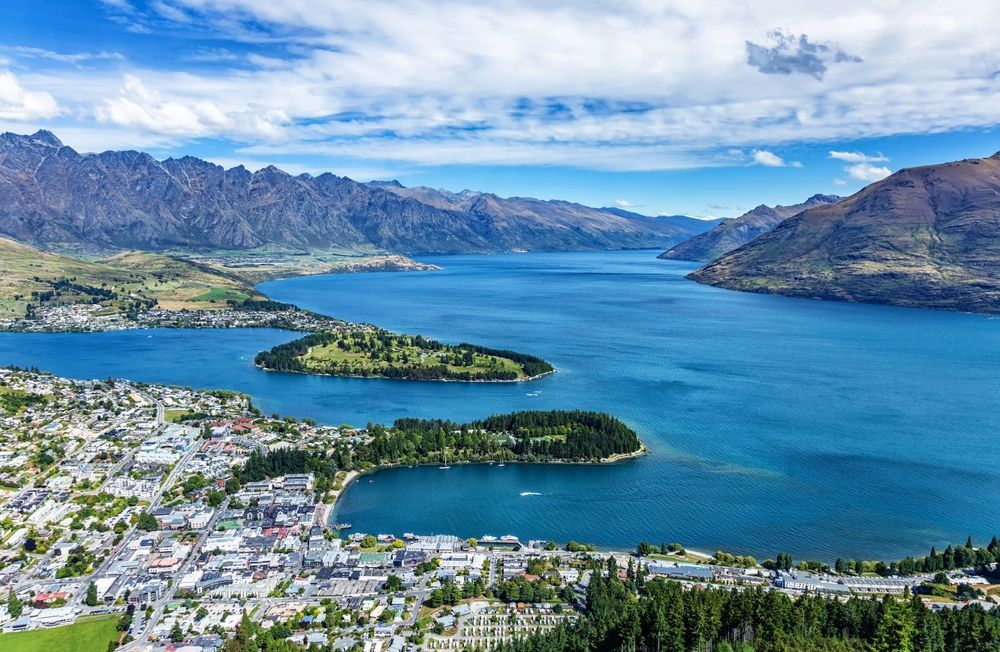Jobs for International Medical Graduates in Western Australia
The state of Western Australia is Australia's largest. It has the world's largest health service providing services to just under 3 million people across a vast land area. Distribution Priority Area (DPA) and District of Workforce Shortage (DWS) rating for much of the state provides prime opportunities for international medical graduates to work as general practitioners, specialists and junior doctors.
An Overview of the State of Western Australia
Western Australia (commonly abbreviated as WA) occupies a grand 33% of the total land area of Australia, excluding external territories. With a land mass of 2,527,013 square kilometres (975,685 sq miles) it is indisputably Australia's largest state by geographical area but is sparsely populated with just under 3 million inhabitants (11% of Australia's total population).
Bounded by the Indian Ocean to the north and west, the Southern Ocean to the south, the Northern Territory to the north-east, and South Australia to the south-east, Western Australia is a vast land of natural parks and abundant natural resources which produces 46% of Australia's exports and is the world's largest iron ore producer. The economy is reliant on mining, oil and gas, services and construction.
92% of the state's population lives in its south west corner and 79% in the Perth metropolitan area leaving the remainder of the state sparsely populated with a large number of remote Aboriginal towns, particularly in the northern regions.
Perth, the WA state capital, is the most isolated city in the world. Adelaide, the closest city to Perth is 2,000km away. Singapore and Jakarta are closer to Perth than Perth is to Canberra, the capital city of Australia. These few facts put into perspective the sheer scale of Western Australia.
Perth is actually the sunniest city in Australia and benefits from approximately nine hours of sun per day with summer temperatures averaging 29C.
Western Australia is a year round holiday destination. The state has around 12,500km of coastline on the Indian Ocean which provides spectacular beaches with abundant opportunities to enjoy sailing, swimming with dolphins and whale sharks, exploring caves and camping.
The state has three different climactic regions, the southern region is blessed with a Mediterranean climate with hot summers and warm winters. The eastern region is desert (outback) and the north, tropical and hot all year round.
The motto of WA is "Cygnis Insignis" ("Bearing the Sign of the Swan") and its nickname "The Wildflower State".
Medical Services in Western Australia
The public health service, the Western Australia Country Health Service (WACHS), is the world's largest providing primary, secondary, tertiary and retrieval medical services across a vast area with remotely scattered populations. Most tertiary medical services are provided in state capital Perth. The public services are supplemented by private medical services, some of which share the same campuses as the public hospitals.
The public healthcare services are organised in 7 regions:
- Great Southern
- South West
- Midwest
- Wheatbelt
- Goldfields
- Pilbara
- Kimberley
Each region has a regional health campus and smaller district general hospitals with 50 -350 beds, 24/7 emergency departments, surgical, medical and paediatric services, obstetrics and gynaecology, psychiatry, anaesthesia, pathology and radiology services.
Hospitals are modern and well equipped, many having undergone recent refurbishment or redevelopment, and technology is advanced. Telemedicine is increasingly being adopted to better serve the more remote areas with expert, specialist advice. With excellent infrastructure and travel links, the healthcare quality is excellent.
Hospitals are staffed by resident medical officers (house officers and registrars) and specialists. House officers and registrars work in accredited training or nonaccredited service positions. Specialists are assisted in some hospitals by senior or district medical officers who are experienced General Practitioners (GPs) with enhanced skills in various disciplines, commonly emergency medicine, anaesthesia, psychiatry or obstetrics.
Reasons to practise medicine in Western Australia
Despite its size, remoteness and sparse population, the state has strong attractions for international medical graduates starting a medical career in Australia and some of its apparent disadvantages are in reality advantageous to doctors.
1: DPA and DWS rated jobs with opportunities to reduce moratorium by scaling
The most obvious advantage which WA offers the international physician is the health workforce classification of the most of the state. This makes finding a job and obtaining a visa sponsorship easier than in the more populous states and affords opportunities to reduce the moratorium imposed upon international general practitioners and hospital doctors to a maximum of 5 years.
Distribution Priority Area (DPA) and District of Workforce Shortage (DWS) ratings cover much of the area outside Perth. An international medical graduate (IMG), ie a physician who has trained outside Australia and New Zealand, must work for a period of time in a defined area of medical workforces shortage. Foreign general practitioners must work in a DPA rated position and hospital doctors in a DWS rated position with a moratorium of 10 years which can be reduced by scaling. In essence, the higher the "remote" rating and degree of physician shortage, the more rapidly the moratorium can be reduced. After the moratorium is completed, the physician can work anywhere in Australia without restriction.
2: Rural and remote medicine training
Rural and remote medicine is a recognised speciality in its own right in Australia and New Zealand with its own dedicated college the Australian College of Rural and Remote Medicine, responsible for the design and assessment of postgraduate training and the award of Fellowship to physicians who complete the training and pass the exams.
This speciality is considered an enhanced primary care field which incorporates elements of secondary medical care especially in the management of emergencies, obstetric patients and the provision of anaesthesia and emergency medicine services in remote, small hospitals. Most trainees and practitioners are therefore General Practitioners (GPs) but some general physicians (interns) also train in this field.
Western Australia is a prime region for this speciality with its small hospitals, often staffed by District and Resident Medical Officers with limited access to specialist care, its remote and underserved communities and modern infrastructure. Retrieval medicine and telemedicine are additional skills which can be learnt and deployed.
3: Personal development
Working in remote areas requires a greater degree of confidence, self reliance and resilience. The work is varied and challenging, a greater breadth of skills required, support may be at a distance and major decisions need to be made quickly. (One of the most difficult decisions encountered by rural physicians is the transfer of patients to regional hospitals).
Resuscitation, basic surgical and anaesthetic capabilities are useful and can be learned in the training courses widely available . Many of the clinical cases encountered in rural medicine cannot be experience in busy city practices.
Interested in Working as a doctor in Western Australia ?
If you wish to explore the opportunities to work in this state, we have jobs for:
- Resident Medical Officers (RMOs) - registrars and house officers
- Specialists
- General Practitioners
- Locums (Australian registered physicians with right to work in Australia only).
Please get in touch to discuss your interest or register your Curriculum Vitae and sign up for job alerts.
You can
browse and apply for advertised jobs if you meet the eligibility criteria and keep up to date with information about working in Australia by reading our
News and Insights and
Australia website sections.
1 February 2023
Share this post on Social Media
Leave a Comment
SEARCH JOBS
Ready for a change? Whether you’re looking for higher compensation, greater autonomy, a better work-life balance, or just a change in scenery, we have job opportunities in wonderful locations across the world. Start your medical or dental job search today and embark on your next career move.
SIGN UP FOR JOB ALERTS
We believe everyone deserves to find their dream job. Be the first to hear about new practice opportunities in exciting locations across the world Simply sign up for job alerts in your chosen field, and we will email you when a new job in your specialty becomes available.









